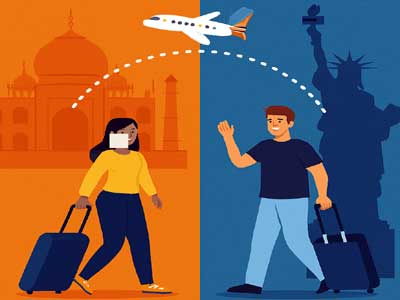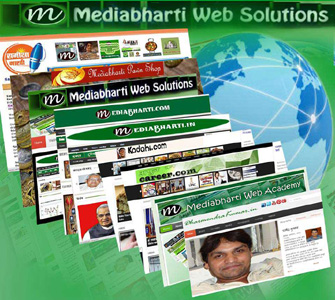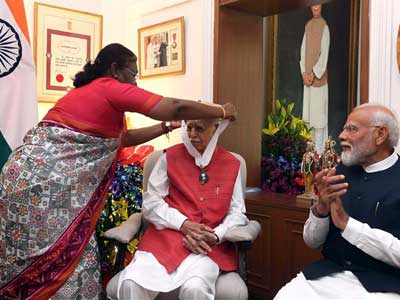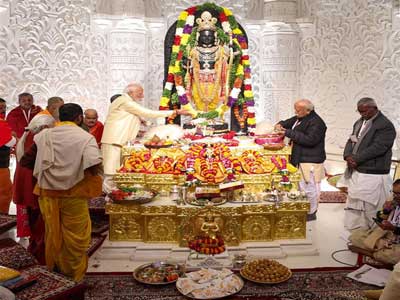Tourism is more than vacations; it is a vital force for culture, economy, and diplomacy. In 2025, under the theme ‘Tourism and Peace’, this moment is significant for two democracies that have increasingly intertwined through travel, India and the United States. Their tourism relationship is not just about numbers; it is a story of cultural exchange, economic opportunity, and human connection.
Tourism is one of the most resilient industries globally, contributing over $1.7 trillion to the world economy in 2024. The United States, with iconic destinations from New York to the Grand Canyon, welcomed more than 66 million international visitors last year.
India, often celebrated for its cultural depth and diversity, attracted nearly 9.7 million foreign tourists in 2024, while domestic travel surged past 1.8 billion trips. Within these flows, the exchange between the US and India stands out. America is now the largest foreign source of visitors to India, with over 1.75 million Americans travelling there in 2024, while roughly 1.9 million Indians visited the United States during the same period—a 48 per cent increase compared to pre-pandemic levels.
These figures reflect more than tourism; they reveal curiosity and admiration between societies. Americans find in India a tapestry of experiences: the Taj Mahal, the spiritual rituals of Varanasi, Kerala’s backwaters, Jaipur’s heritage, and the growing appeal of yoga, meditation, and Ayurveda. For Indians, the United States offers iconic cities, national parks, cultural landmarks, and a society marked by innovation and diversity. Students also play a key role; over 270,000 Indians studying in US universities strengthen both educational and cultural ties, often combining study with tourism, exploring cities, nature, and history.
Economically, this tourism exchange is significant. In the US, it supports nearly nine million jobs and contributes close to three per cent of GDP, with Indian visitors representing a high-value segment due to longer stays and higher spending. For India, tourism accounts for roughly five per cent of GDP and provides more than 40 million jobs. Foreign tourism in India sustains local economies, benefiting artisans, guides, and small businesses, while domestic tourism drives regional development. Both nations demonstrate that tourism is a powerful tool for livelihoods, income generation, and cultural preservation.
Tourism diplomacy has become strategic. Air connectivity now links major Indian cities with New York, San Francisco, Chicago, and Washington. Initiatives like digital visa processing, joint cultural festivals, and film collaborations, Hollywood filming in Rajasthan and Bollywood in New York or Miami, foster tourism and mutual understanding. Campaigns like ‘Incredible India’ and US tourism promotions attract visitors, while diaspora communities bridge personal connections, welcoming family and friends from across continents.
Challenges remain. Mid-2025 reports show Indian arrivals to the US dipped for the first time in over two decades, with June recording about 210,000 visitors, down eight per cent from 2024. Rising costs, visa changes, and currency fluctuations may contribute to this decline. In India, foreign arrivals are rebounding but have yet to reach pre-pandemic levels. Both countries must invest in infrastructure, affordability, and ease of travel to maintain momentum.
Sustainability is also central. India’s fragile Himalayan ecosystems, tiger reserves, and wetlands must balance conservation with visitor access. The US faces similar pressures in national parks, from overtourism to climate impacts. Both nations are innovating: eco-lodges, renewable energy in hospitality, digital monitoring, and community-based tourism programs. Technology further reshapes experiences, from India’s e-visa systems to AI-driven trip planning in the United States, making tourism safer, smoother, and more personalised.
At its core, tourism is about human connection. An American traveller in India experiences warmth, traditions, and diversity, while an Indian visiting the US encounters openness, innovation, and multicultural vibrancy. These journeys cultivate empathy, respect, and shared understanding. Each traveller is an unofficial ambassador, carrying stories that foster peace beyond borders.
The US-India partnership illustrates how travel can drive economic growth while deepening cultural understanding. Policies that improve visa efficiency, expand connectivity, and promote sustainable travel will further enhance these ties.
Tourism is also a lesson in patience and humility. From a backpacker exploring Dharamshala to a retiree visiting Niagara Falls, from a Silicon Valley engineer seeking yoga training in Rishikesh to a business professional attending a conference in Chicago, each journey fosters recognition of a shared global identity. Despite differences in language, religion, or lifestyle, tourism proves that people across continents are connected by curiosity, respect, and aspiration.
We recognise that every flight, every train ride, and every journey across oceans is more than miles travelled—it is a testament to human bonds. India and the United States, through tourism, demonstrate that even in a divided world, travel remains one of the most powerful messengers of peace, understanding, and shared purpose.
Tourism between India and the US is thus not just an industry metric. It is memory, dialogue, and hope. As stories are exchanged and cultures meet, the journeys of travellers remind us that while the world is vast, it is also intimately connected. Every tourist is an ambassador, and every journey is a bridge—linking hearts, minds, and civilisations.
(Authors Prof Narendra K Rustagi is Director at Centre for Global Business Studies, Howard Business School, Howard University in Washington DC, while Prof Lavkush Mishra is Senior Professor in Tourism and Dean at Foreign Students Affairs at Dr Bhimrao Ambedkar University in Agra.)


















Related Items
India’s handcrafted identity at the Trade Fair
Rights of transgender persons in India
India stuck in traffic; Cities halt, Horns holler, and time takes a nap